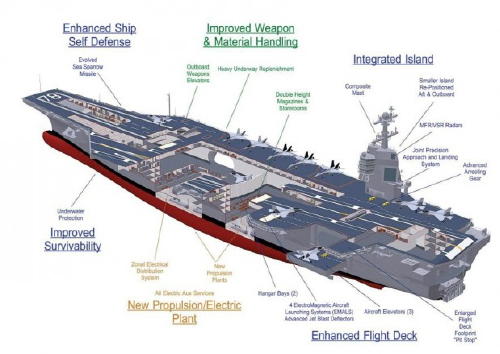Diecast Military Warships
Diecast Military Warships
Whether it be fearsome engagements on the high seas or stealthy strikes amongst the littorals, naval combat has become an integral aspect of military history since the dawn of war. Oddly, diecast manufacturers have typically steered clear of producing warship replicas for a number of years, somehow believing they won't be as readily accepted as other forms of weapons platforms. Fortunately, that paradigm may have seismically shifted of late, thanks to Unimax' recently released 1:1000 scale Bismarck and Easy Model's range of 1:700 scale surface and sub-surface combatants. As we continue to move forward, we can probably expect more warship replicas from these as well as some other highly respected manufacturers. It's just a matter of time when collectors can boast a naval collection as large as their army and aviation brethren.
Warships: A Brief History
A warship is a ship that is built and primarily intended for war. Warships are usually built in a completely different way than merchant ships. As well as being armed, warships are designed to withstand damage and are usually faster and more maneuverable than merchant ships. Unlike a merchant ship, a warship typically only carries weapons, ammunition and supplies for its own crew (rather than merchant cargo). Warships usually belong to a navy, though they have sometimes been operated by individuals or companies.
In wartime, the distinction between warships and merchant ships is often blurred. In war, merchant ships are often armed and used as auxiliary warships, such as the Q-ships of World War I and the armed merchant cruisers of World War II. Until the 17th century it was common for merchant ships to be pressed into naval service and not unusual for more than half a fleet to be composed of merchant ships. Until the threat of piracy subsided in the 19th century, it was normal practice to arm larger merchant ships such as Galleons. Warships have also often been used as troop carriers or supply ships, such as by the French Navy in the 18th century or the Japanese Navy during World War II.
During the lead-up to the Second World War, Germany and Great Britain once again emerged as the two dominant Atlantic sea powers. Germany, under the Treaty of Versailles, had had its navy limited to only a few minor surface ships. But clever names, such as "pocket battleships" deceived the British and French commands. They were rudely surprised when ships such as the Admiral Graf Spee, Scharnhorst, and Gneisenau constantly raided the Allied supply lines. The greatest threat though, was the introduction of the Kriegsmarine's most lethal weapons, the Bismarck and Tirpitz. The Bismarck was sunk in a wild, short series of sea battles in the north Atlantic, while the Tirpitz caused a bit of a stir before being knocked out by the RAF. The Royal Navy gained dominance of the European theatre by 1943.
The first practical submarines were developed in the late 19th century, but it was only after the development of the torpedo that submarines became truly dangerous (and hence useful). By the end of World War I submarines had proved their potential. During World War II the German Navy's submarine fleet of U-boats almost starved Britain into submission and inflicted huge losses on US coastal shipping. The success of submarines led to the development of new anti-submarine convoy escorts during the First and Second World Wars, such as the destroyer escort. Confusingly, many of these new types adopted the names of the smaller warships from the age of sail, such as corvette, sloop and frigate.
A major shift in naval warfare occurred with the introduction of the aircraft carrier. First at Taranto and then at Pearl Harbor, the aircraft carrier demonstrated its ability to strike decisively at enemy ships out of sight and range of surface vessels. By the end of World War II, the carrier had become the dominant warship.
Modern warships are generally divided into six main categories, which are: aircraft carriers, cruisers, destroyers, frigates, submarines and amphibious assault ships.
Battleships encompass a seventh category, but are not in current service with any navy in the world. Only the deactivated American Iowa-Class Battleship still exist as potential combatants, and battleships in general are unlikely to re-emerge as ship class without redefinition. The Destroyer is generally regarded as the dominant surface-combat vessel of most modern blue water navies. However, it must be noted that the once distinct roles and appearances of cruisers, destroyers and frigates have blurred almost to the point being mere semantics. Most vessels have come to be armed with a mix of anti-surface, anti-submarine and anti-aircraft weapons. Class designations no longer reliably indicate a displacement hierarchy. The size of all vessel types have grown beyond the definitions used earlier in the 20th century.
Most navies also include many types of support and auxiliary vessels, such as minesweepers, patrol boats and offshore patrol vessels. (Courtesy: Wikipedia)
|







